With machine and time to spare, Charles City businessman joins effort to supply protective gear to health care workers
By Bob Steenson, bsteenson@charlescitypress.com
Dave Martin has a 3D printer that he sometimes uses to make miscellaneous parts or do some prototyping for people.
“It sits idle most of the time,” said Martin, owner of Nelson Tire and Auto in Charles City.
So when the printer’s manufacturer, Prusa, sent out an email and a file on March 31, regarding printing personal protection equipment for health workers, Martin thought, “Why not?”
At that time there wasn’t a shortage of personal protection equipment (PPE) in Iowa, but “we kind of knew it was coming,” Martin said.
He started making face shields, printing the visor frames that go around the forehead, cutting out the clear plastic that hangs down in front of the face, adding the elastic bands that hold the face shield in place.
“The frames are actually pretty easy to print. We can knock those out pretty quick, now,” he said Thursday.
The clear acetate shield that attaches to the visor can’t be printed, but Martin found they can be cut out of overhead projector film.
At first he was cutting them out individually with a scrapbooking cutter, one acetate shield at a time.
“Yeah, it was monotonous,” he said, laughing.
After word began getting out about what he was doing, M Prints Ink in downtown Charles City asked if they could help.
“I said, well, yeah, I guess, what have you got? I’m kind of winging it here, too,” Martin said. “Tell me what you got and I’ll tell you what we can work with.”
M Prints Ink has a big plotter cutter.
“They actually ordered rolls of the acetate and figured out how to cut them a lot faster than I would have,” Martin said. “I think they produced like 400 in just a couple of days.”
Starting out, Martin decided he would donate $1,000 worth of materials for the project.
Using a 3D printer is actually a somewhat expensive — and time-intensive — way to produce plastic parts. Each face shield costs about $10 to make, Martin said.
Instead of being quickly created in a single step by injecting plastic into a mold, a 3D printed piece is laid down by a nozzle squirting tiny streams of melted plastic, one layer at a time, under precise computer control. A piece just an inch high consists of hundreds of individually stacked layers.
“We were giving the face shields away, and we had such an overwhelming amount of people that wanted them, we’re like, ‘we’re going to run out of money quick,’” Martin said.
“So we put out a fundraiser. I think we raised almost $1,600 within a week on Facebook, and we’ve had other donations here and there. It’s been pretty impressive,” he said.
As of Thursday, $1,770 had been raised on the Facebook page. Martin said all the money will be going toward equipment and materials to make face shields.
“We’ve got a lot of people who have called and donated. In fact, I just talked to a lady out of Riceville. She called and said she was cutting us a $1,000 check to keep us going. It’s kind of eye-opening how quick our community comes together — kind of a great thing.”
Martin was able to purchase a used second printer, and a laser cutter to cut the clear shield parts.
“We’re knocking out frames twice as fast now,” he said. “I think the next thing is we’re gonna run out of elastic, because we need the elastic strips for the back of the frames, and it seems like that is a rare commodity.”
Martin said he has no idea how many face shields he has produced, but it’s in the hundreds. Most have gone to nursing homes and adult care facilities.
“We even had some go up to Canada, to one of the workers up there that I know. He got hold of me once he realized I was doing it, and requested some. He’s been wearing the same respirator for two weeks straight — you hear that and you’ve got to do something,” Martin said.
He said he’ll keep up the effort until he runs out of money or runs out of plastic or people don’t need them any more.
“We’ve got a good community,” he said. “Everybody pitched in.”

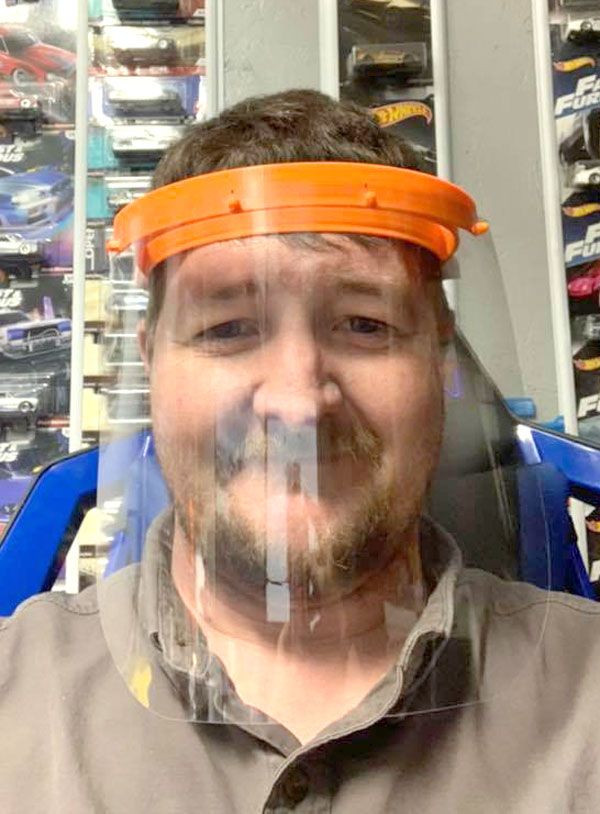
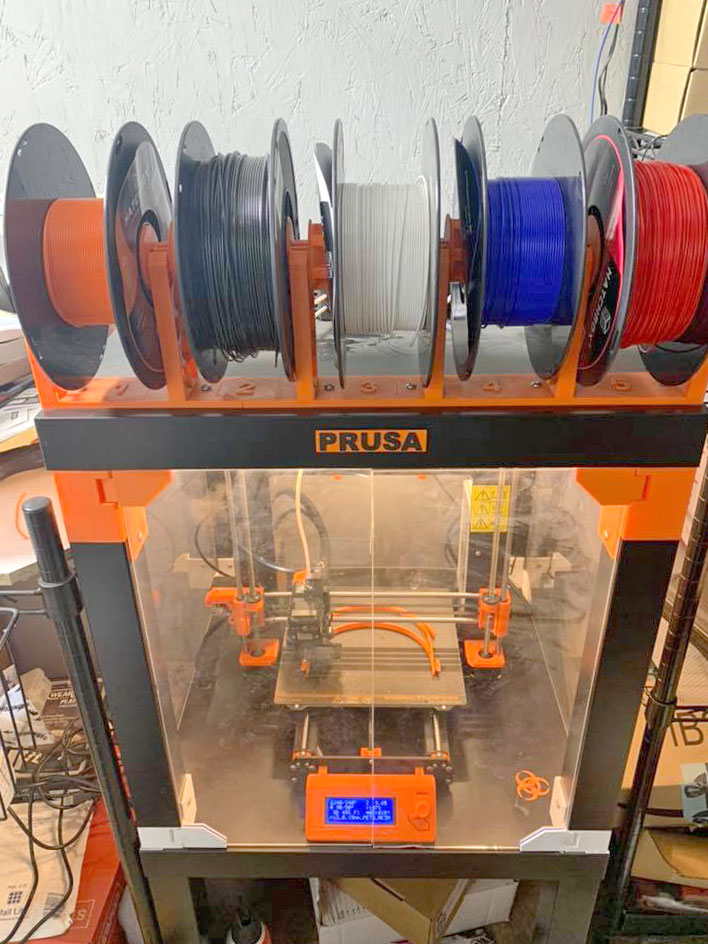
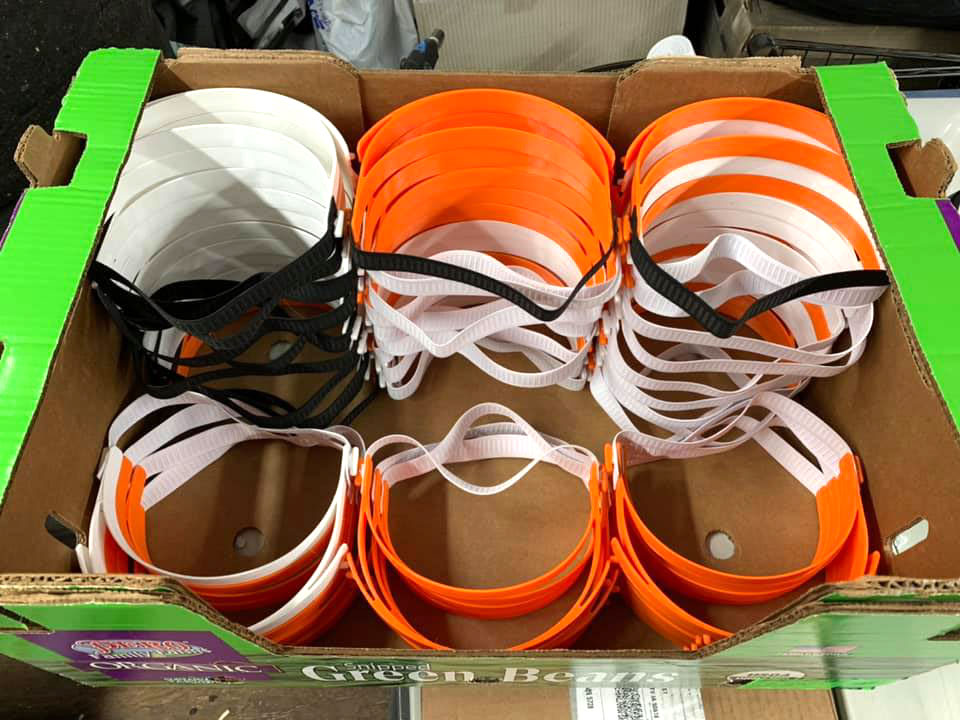

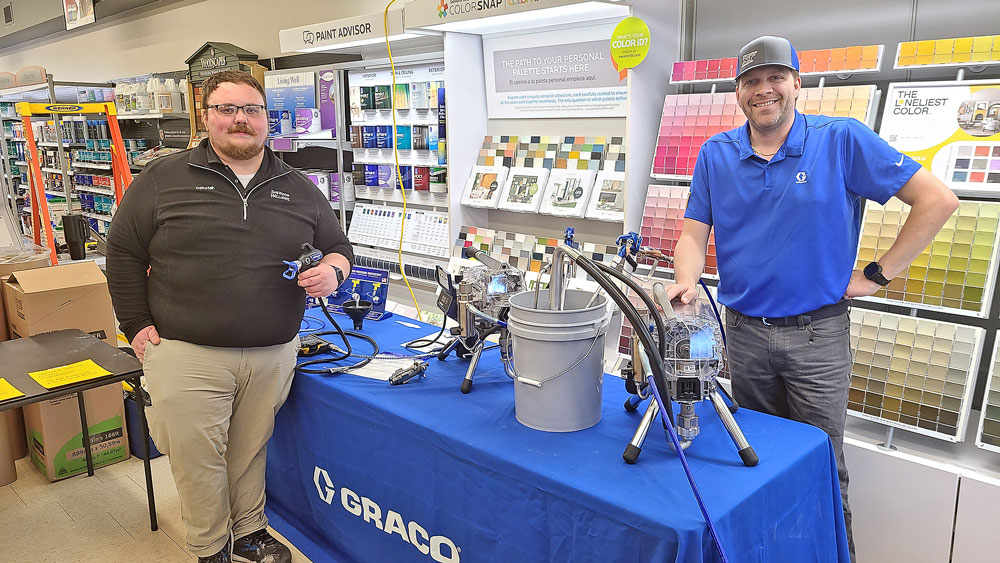
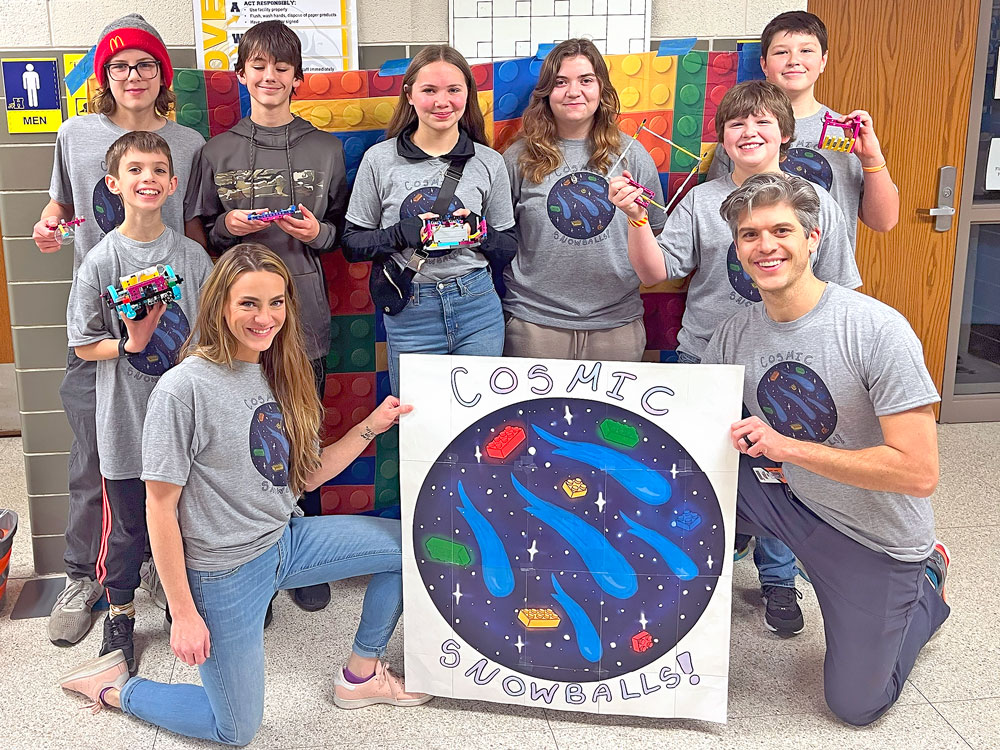
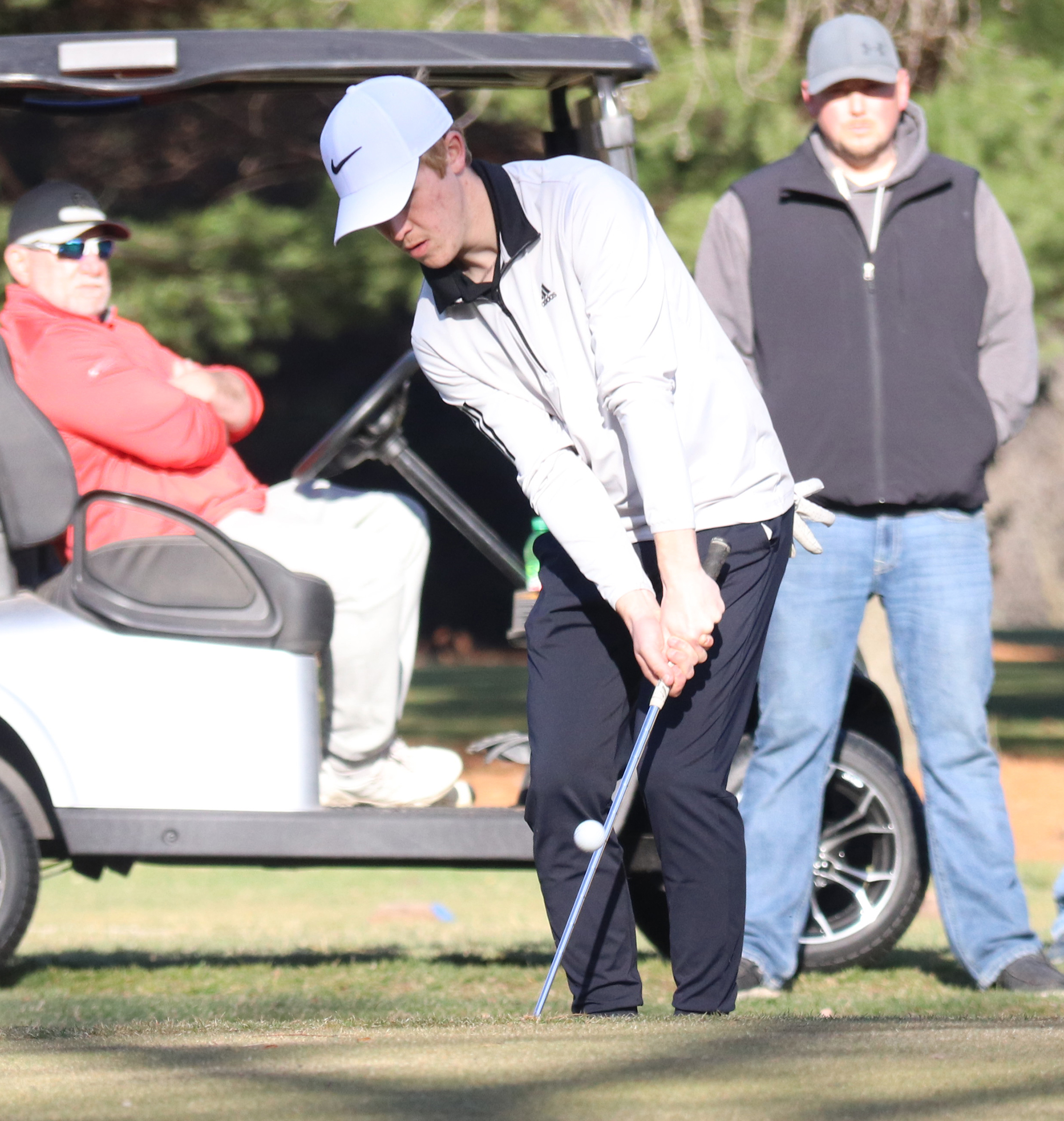
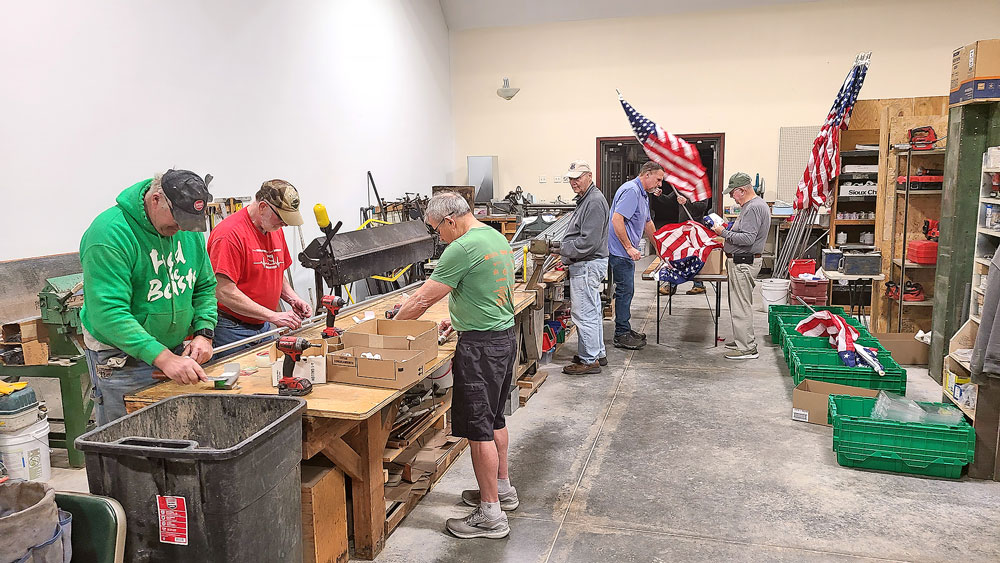


Social Share